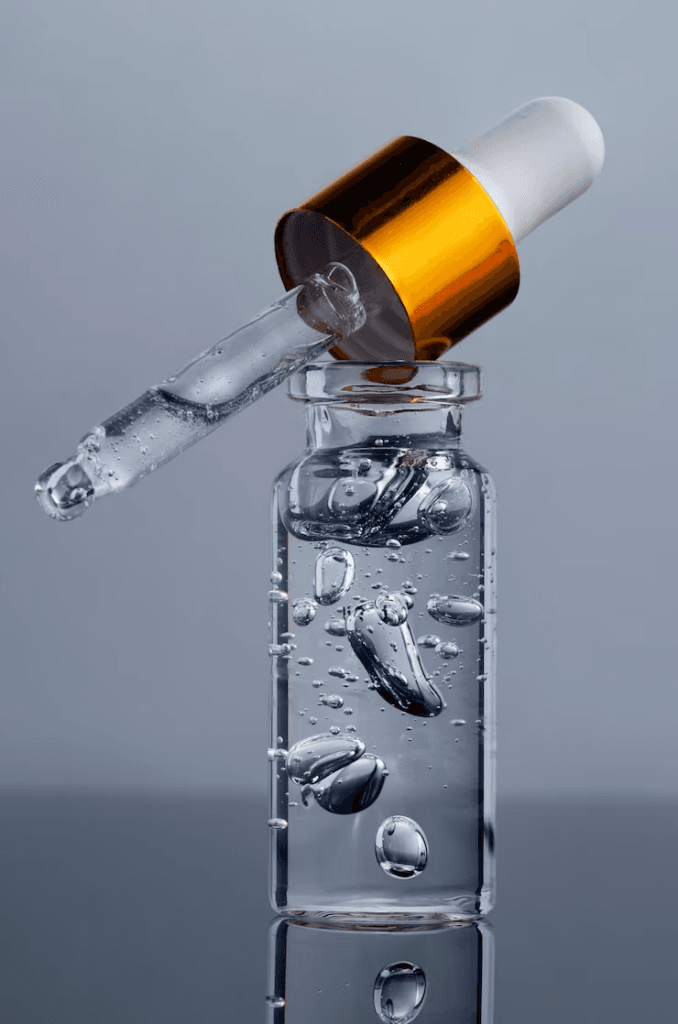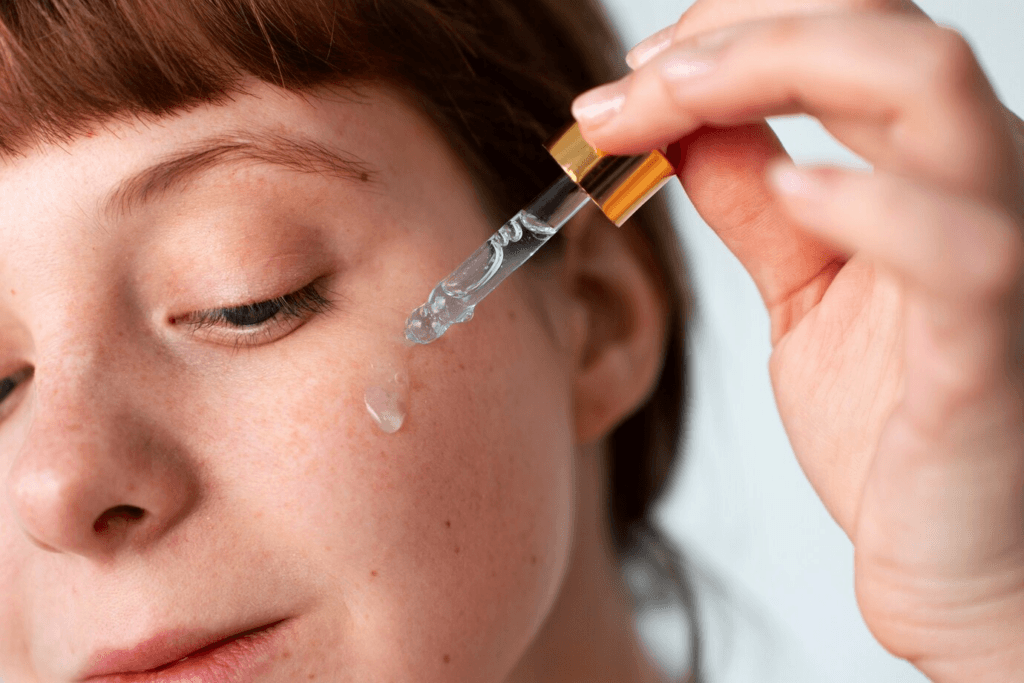Dermal fillers have become a popular choice for those seeking to restore volume, smooth wrinkles, and enhance facial contours. These treatments typically involve injecting substances like hyaluronic acid (HA) beneath the skin. However, many individuals wonder about post-treatment skincare, specifically the use of hyaluronic acid topically after receiving fillers. This article explores the safety, potential benefits and risks, and expert recommendations surrounding the use of hyaluronic acid after dermal filler treatments.
Understanding Filler Aftercare
Proper aftercare is crucial following any dermal filler treatment to minimize potential complications and maximize results. Immediately after the procedure, the treated area might appear slightly swollen, red, or bruised. These side effects are usually temporary and subside within a few days. During this initial period, it’s essential to avoid touching the treated area excessively and refrain from applying makeup or other skincare products unless specifically instructed by your practitioner. Protecting the skin from sun exposure is also vital, as UV rays can exacerbate inflammation and hinder the healing process.
Your practitioner will provide detailed aftercare instructions tailored to your specific treatment. These instructions may include guidelines on cleansing, moisturizing, and avoiding certain activities like strenuous exercise or excessive heat exposure. Following these instructions diligently is crucial for optimal healing and minimizing the risk of complications. Additionally, attending follow-up appointments allows your practitioner to monitor your progress and address any concerns you may have.
The goal of filler aftercare is to promote a healthy healing environment for the treated area. This involves minimizing inflammation, preventing infection, and supporting the skin’s natural recovery processes. By adhering to the recommended aftercare protocol, you can help ensure the best possible outcome from your dermal filler treatment.
Understanding the importance of aftercare and following your practitioner’s instructions is paramount for achieving desired results and minimizing potential risks. Don’t hesitate to ask your practitioner any questions you may have about post-treatment care.

Hyaluronic Acid Post-Filler: Safe?
Generally, topical hyaluronic acid is considered safe to use after dermal fillers, especially those also composed of HA. In fact, many dermatologists recommend its use as part of a post-treatment skincare routine. Topical HA can help hydrate the skin, which is important for overall skin health and can contribute to a more supple appearance in the treated area. Since HA is a naturally occurring substance in the body, the risk of adverse reactions is generally low.
However, it’s crucial to consult with your practitioner before incorporating any new skincare products into your routine after receiving fillers. They can assess your individual situation and advise on the appropriate timing and type of HA product to use. While topical HA is generally safe, individual skin sensitivities can occur, and your practitioner can help you choose a product that minimizes the risk of irritation.
It’s important to differentiate between topical HA and injectable HA fillers. Topical HA works on the surface of the skin to provide hydration, while injectable fillers are placed beneath the skin to add volume and correct wrinkles. While both utilize the same molecule, their application and effects are distinct. Using topical HA will not interfere with the results of your injectable fillers.
In summary, topical hyaluronic acid is typically safe to use after dermal fillers, but consulting with your practitioner beforehand is always recommended for personalized advice and to ensure compatibility with your specific treatment.
Potential Benefits and Risks
One of the primary benefits of using hyaluronic acid after fillers is its ability to hydrate the skin. Hydrated skin appears plumper and healthier, which can complement the volumizing effects of the fillers. This added hydration can also improve the overall texture and appearance of the skin, contributing to a more youthful and refreshed look.
Another potential benefit is that HA can help soothe the skin and reduce any residual redness or irritation following the filler injections. Its calming properties can contribute to a more comfortable healing process. Furthermore, some studies suggest that topical HA may promote collagen production, which can further enhance skin firmness and elasticity over time.
While the risks associated with using topical HA after fillers are generally low, some individuals may experience mild irritation or redness. This is more likely to occur in those with sensitive skin or pre-existing skin conditions. Choosing a high-quality HA product and performing a patch test before applying it to the treated area can help minimize the risk of adverse reactions.
Another potential risk, although rare, is the development of an allergic reaction. While HA is naturally found in the body, some individuals may be allergic to certain formulations or ingredients in topical HA products. It’s crucial to discontinue use and consult with your practitioner if you experience any unusual symptoms, such as itching, swelling, or hives.
Expert Recommendations and Timing
Most dermatologists recommend waiting at least 24 to 48 hours before applying any skincare products, including hyaluronic acid, to the treated area after filler injections. This allows the initial swelling and redness to subside and reduces the risk of introducing bacteria or irritants to the injection sites.
Your practitioner may provide specific guidance on the ideal timing based on your individual treatment and skin type. Some practitioners may recommend waiting even longer, especially if you experienced significant swelling or bruising. It’s essential to follow their instructions carefully to ensure optimal healing and results.
When choosing a hyaluronic acid product, opt for a high-quality formula that is specifically designed for facial use. Look for products that contain pure hyaluronic acid and are free of fragrances, dyes, and other potentially irritating ingredients. Your practitioner can recommend suitable products based on your skin type and needs.
In addition to topical HA, your practitioner may recommend other post-treatment skincare products, such as gentle cleansers, sunscreens, and moisturizers. Following a comprehensive skincare routine can help maintain the results of your filler treatment and promote overall skin health.
In conclusion, using topical hyaluronic acid after dermal fillers is generally considered safe and can offer several benefits, including enhanced hydration and improved skin texture. However, it’s crucial to consult with your practitioner for personalized advice and to ensure compatibility with your specific treatment. By following their recommendations and adhering to a proper aftercare routine, you can maximize the results of your dermal fillers and enjoy a healthy, rejuvenated complexion.
Discover the expertise of Dr. Ebru Okyay, your trusted dermatologist in Antalya. Whether you’re looking to address medical skin concerns or enhance your natural beauty with cosmetic treatments, Dr. Okyay is here to help. With personalized care and advanced techniques, achieving your skin goals has never been easier.
